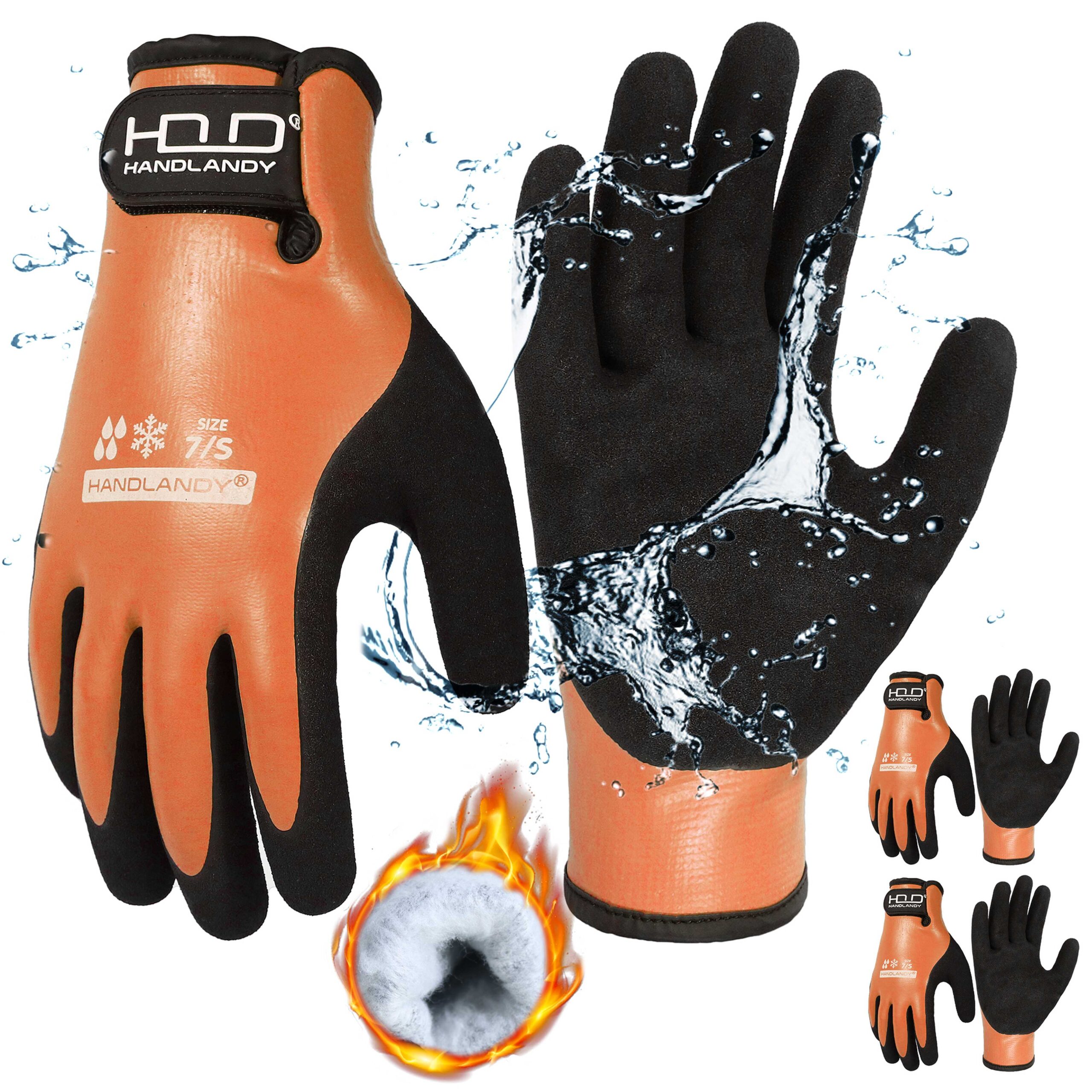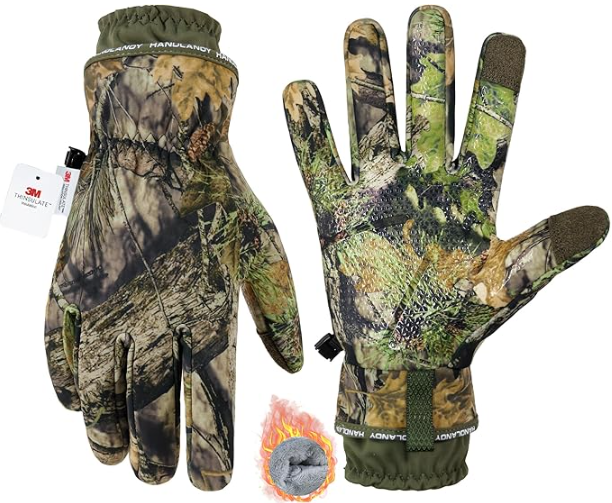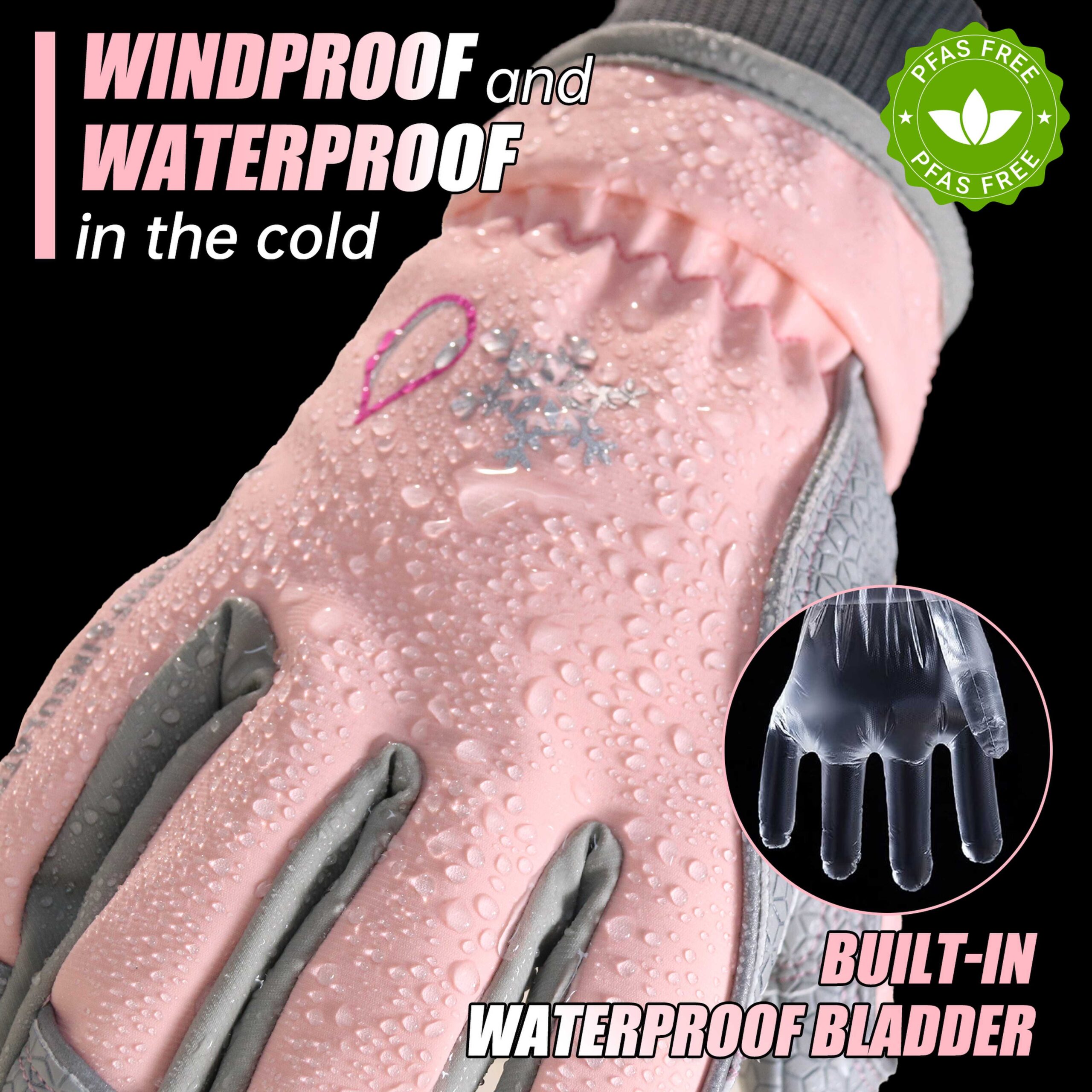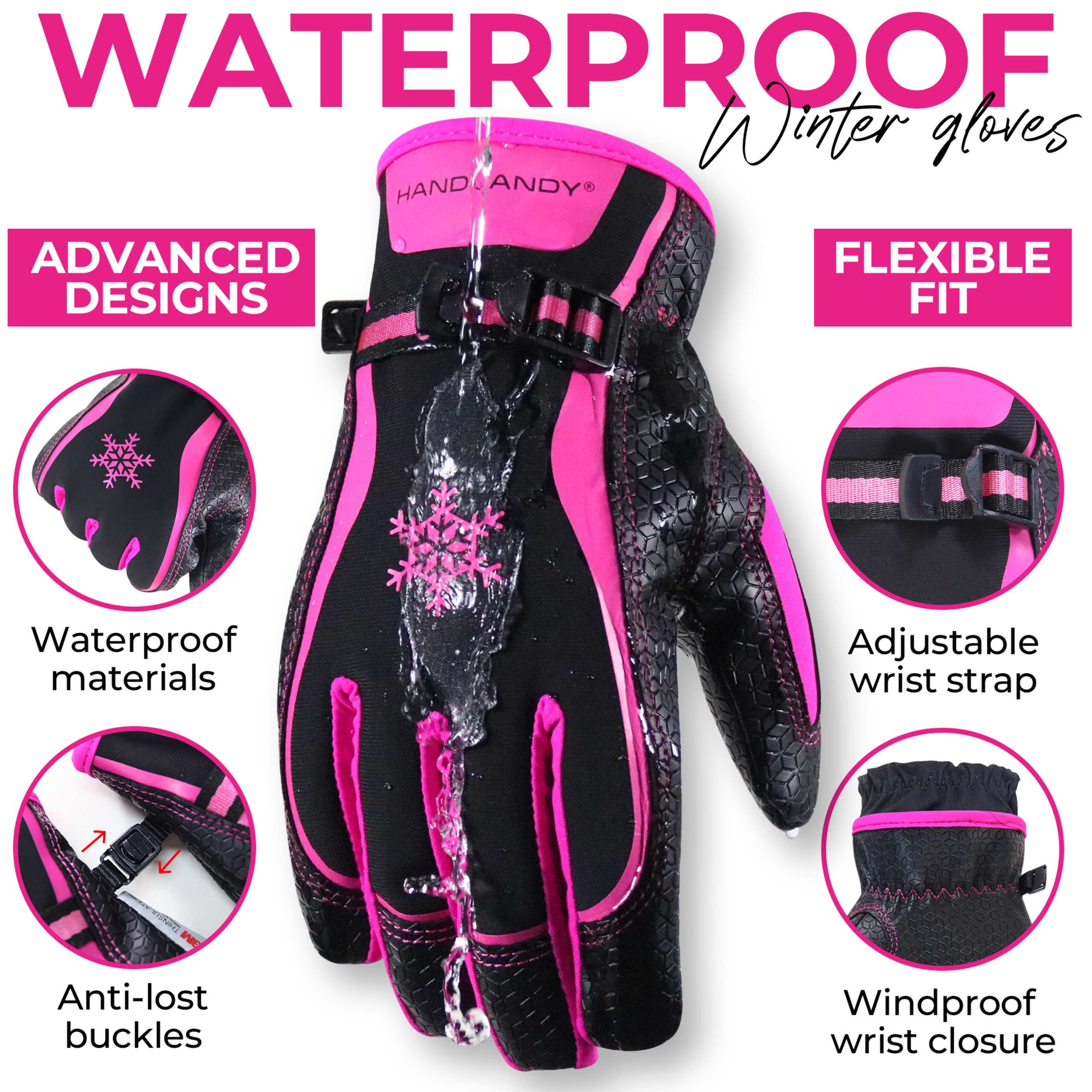AQL, or Acceptable Quality Level, is a critical measure used to determine the quality of gloves in manufacturing. It defines the maximum number of defective gloves allowed in a batch, ensuring safety and reliability for various applications, especially in medical and industrial fields.
What Does AQL Mean for Gloves?
AQL (Acceptable Quality Level) is a statistical standard that determines the maximum number of defective gloves allowed in a batch. A lower AQL value indicates higher quality, meaning fewer defects are present.
Why Is AQL Important in Gloves?
- Safety: Gloves with a low AQL have fewer defects, such as pinholes, providing better protection against contamination or hazardous substances.
- Compliance: Meeting AQL standards is required for many industries, including healthcare, to ensure product safety and reliability.
- Quality Assurance: AQL testing helps maintain consistency across glove batches, ensuring users can trust the product.
AQL Standards for Gloves
Different types of gloves have varying AQL requirements based on their intended use. Below is a summary:
| Glove Type | Typical AQL Value | Applications |
|---|---|---|
| Medical-Grade | 1.5 or lower | Healthcare and surgical use |
| Industrial-Grade | 4.0 | General industrial tasks |
- Medical-Grade Gloves: A lower AQL (e.g., 1.5) is required to minimize the risk of pinholes or tears, ensuring maximum protection in high-risk environments.
- Industrial-Grade Gloves: A higher AQL (e.g., 4.0) is acceptable for tasks where the risk of contamination is lower.
How Is AQL Tested for Gloves?
- Sampling Process:
- Random samples are selected from a production batch.
- The sample size depends on the total batch size and is determined using statistical methods.
- Defect Testing:
- Gloves undergo tests such as the water leak test to identify pinholes.
- Other quality checks may include tensile strength and visual inspections.
- Pass/Fail Criteria:
- If the number of defective gloves in the sample exceeds the allowed threshold, the entire batch fails the AQL test.
What Are the Benefits of AQL Testing?
- User Confidence: Gloves that meet strict AQL standards ensure safety and reliability.
- Regulatory Compliance: Adhering to AQL requirements helps manufacturers meet legal and industry standards.
- Cost Management: While achieving a lower AQL may increase production costs, it reduces the risk of recalls or liability issues.
Choosing the Right Gloves Based on AQL
- Medical Settings: Select gloves with an AQL of 1.5 or lower for maximum safety and protection against contaminants.
- Industrial Use: For tasks that involve lower risks, gloves with an AQL of 4.0 may suffice.
- High-Risk Environments: Always prioritize gloves with a lower AQL to ensure the highest quality.
Conclusion
AQL is a key quality metric for gloves, indicating the maximum number of defects allowed in a batch. Lower AQL values signify higher quality and greater safety. When selecting gloves, understanding AQL helps ensure the right level of protection for the intended application. Always choose gloves that meet the required AQL standards to prioritize safety and compliance.









